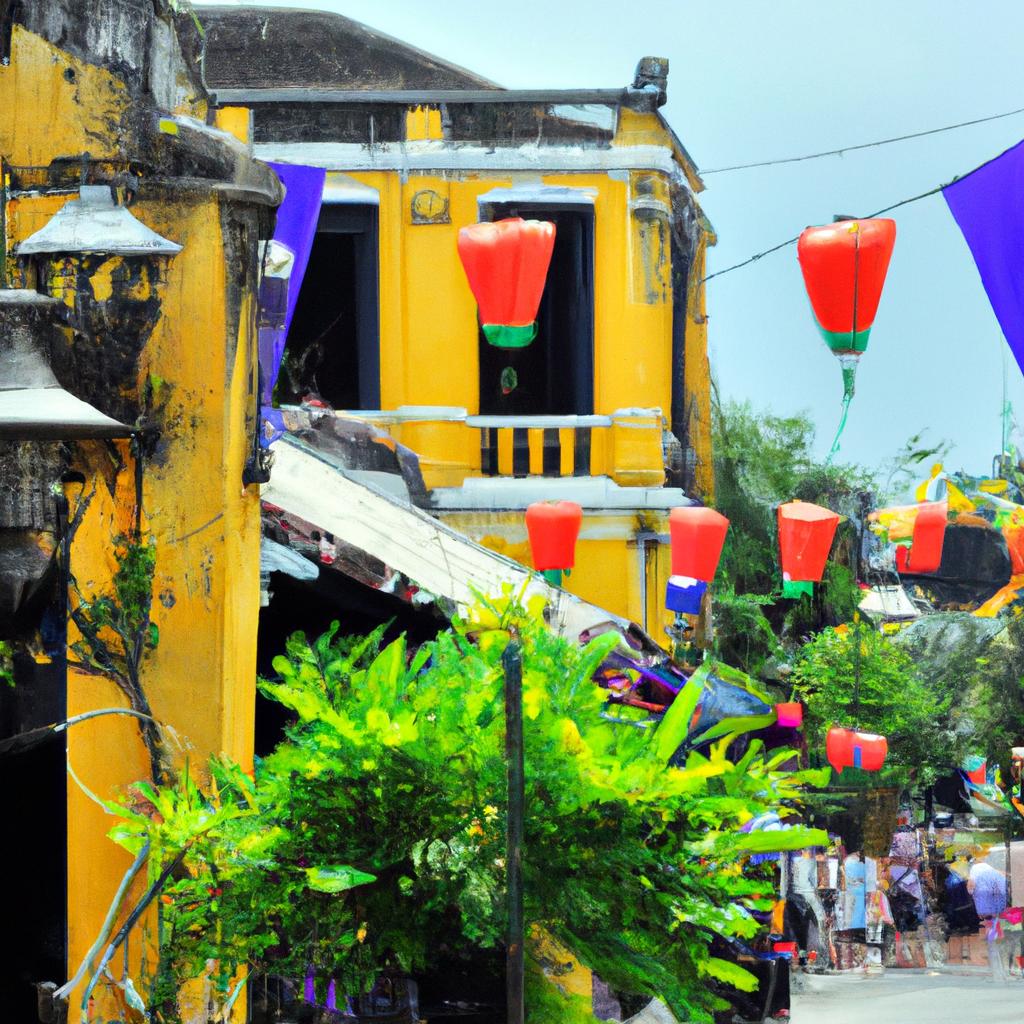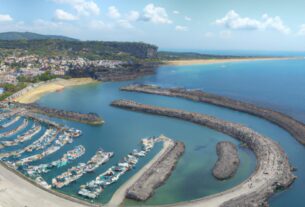Hoi An, a captivating city on the central coast of Vietnam, has become a popular destination for tourists from around the world. Its unique combination of culture, history, and modernity, showcased through its ancient architecture and modern amenities, is a testament to its allure. As a UNESCO World Heritage Site, Hoi An is renowned for its beautifully preserved old town, enchanting streets, and bustling markets.
Ancient Town
Undoubtedly, the ancient town of Hoi An should be on every traveler’s bucket list. This historic gem mesmerizes with its well-preserved architecture, harmoniously blending Chinese, Japanese, and European influences. Walk through the cobbled streets, and you’ll be greeted by a symphony of colors emanating from the enchanting lanterns that illuminate the town at night. Discover temples, pagodas, and ancient houses that have stood the test of time since the 16th century.

Japanese Covered Bridge
The Japanese Covered Bridge, or Cau Chua Pagoda, stands as an iconic landmark in Hoi An. Built by the Japanese community in the 16th century, the bridge showcases a unique architectural design. More than just a structure, it symbolizes the enduring friendship between the Vietnamese and Japanese people.
An Bang Beach
Just a stone’s throw away from Hoi An lies An Bang Beach, one of Vietnam’s most stunning beaches. With crystal-clear waters, soft white sand, and a breathtaking view of the Cham Islands, this beach is truly a paradise. Whether you choose to relax under the warm sun, swim in the refreshing sea, or try your hand at exhilarating water sports like surfing and kiteboarding, An Bang Beach promises an unforgettable experience.
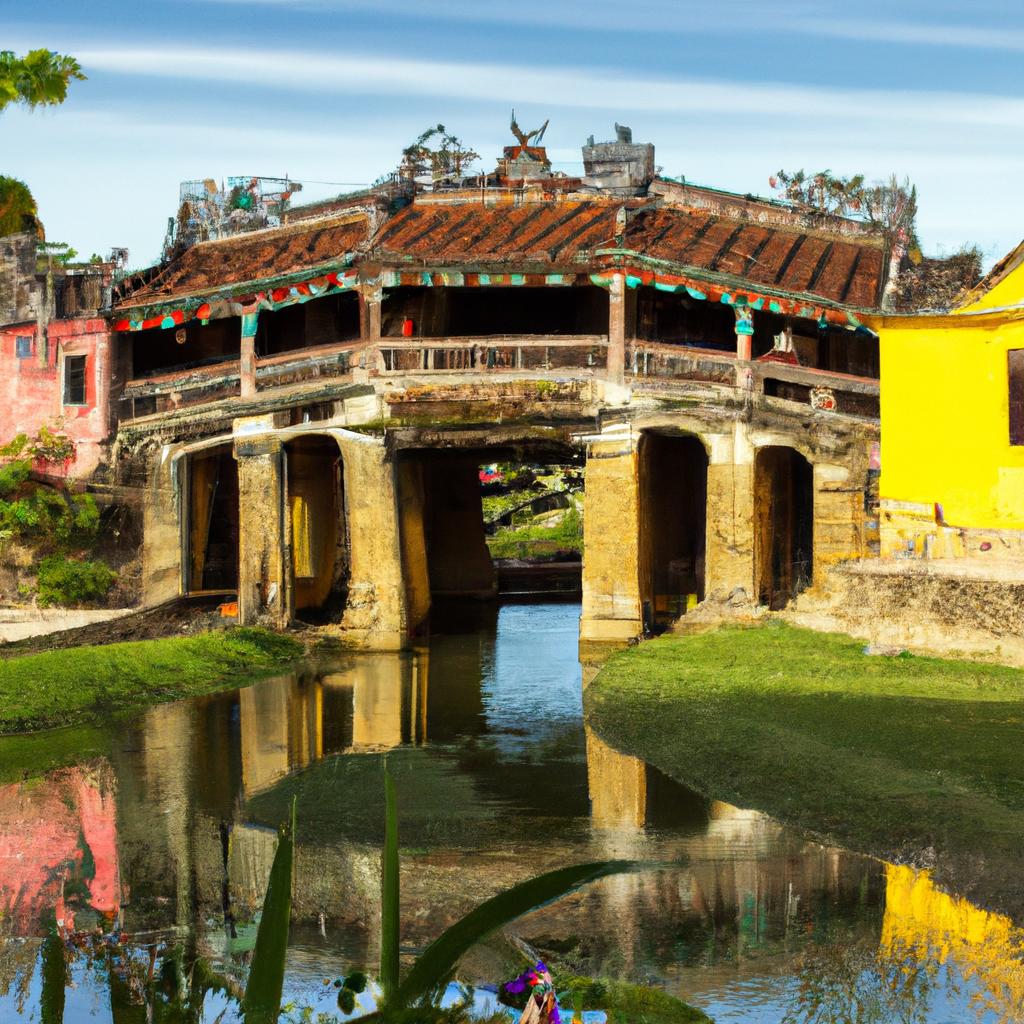
Marble Mountains
A short 9 km journey from Hoi An leads you to the awe-inspiring Marble Mountains. Composed of limestone and marble, these mountains are a sanctuary of caves, temples, and pagodas. Hop on a cable car, ascend to the mountaintop, and be mesmerized by the breathtaking views of the surrounding countryside.
My Son Sanctuary
About 40 km from Hoi An, the My Son Sanctuary awaits. This UNESCO World Heritage Site boasts Hindu temples and towers dating back to the 4th century. Dedicated to Shiva, these temples are adorned with intricate carvings and sculptures, evidence of the exquisite craftsmanship of ancient civilizations.
In conclusion, Hoi An is a city that seamlessly blends culture, history, and modernity. Immerse yourself in its ancient town, visit the iconic Japanese Covered Bridge, relax on the pristine An Bang Beach, and marvel at the stunning Marble Mountains and My Son Sanctuary. TooLacks recommends spending at least three days in Hoi An to fully explore its treasures.

The best time to visit Hoi An is between February and May, when the weather is warm and dry. With temperatures ranging from 24°C to 32°C, it’s the perfect time for outdoor activities, such as sightseeing and beach outings. Embrace the vibrant festival atmosphere, as Hoi An celebrates various events like the Hoi An Lantern Festival on the 14th day of every lunar month. During this enchanting festival, the city is adorned with colorful lanterns, offering visitors traditional music, dance, and delectable food.
Another excellent time to visit is from September to November, when the weather is mild, and the crowds are less dense. Experience temperatures ranging from 21°C to 28°C, ideal for outdoor activities like cycling and trekking. Indulge in Hoi An’s local cuisine, savoring dishes like Cao Lau, a noodle dish unique to the region.
It’s important to note that the peak tourist season in Hoi An is from June to August, characterized by hot and humid weather. With temperatures ranging from 28°C to 38°C, exploring the city’s attractions during the day can be challenging. However, evenings offer a chance to enjoy the city’s vibrant nightlife and beach activities.
In conclusion, plan your visit to Hoi An between February and May or September and November to make the most of the warm and dry weather, cultural festivals, and mouth-watering cuisine. TooLacks advises against the peak tourist season from June to August due to the hot and humid weather.

Getting around Hoi An is a breeze, thanks to the city’s affordable and convenient transportation options. The compact size of the city means that most attractions are within walking distance. Alternatively, visitors can cycle or take a taxi to explore the outskirts of Hoi An.
Transportation options
Cycling is the most popular mode of transportation in Hoi An. Rent a bicycle from your accommodation or one of the many rental shops in the city. Cycling allows you to leisurely explore the ancient town, visit the beaches, and immerse yourself in the countryside. Rental prices range from $1 to $2 per day, making it an affordable and eco-friendly option.
Taxis are readily available in Hoi An, easily hailed from the street. These metered taxis start at VND 10,000 ($0.43). For added convenience, you can also book taxis through your accommodation or use ride-hailing apps like Grab or Go-Viet.
Tips for getting around the city
When cycling or walking around Hoi An, be cautious of motorbikes and cars navigating the narrow streets. Keep your belongings secure to avoid pickpocketing incidents.
If taking a taxi, negotiate the fare before starting the ride and ensure the meter is running. It’s advisable to have small notes and coins as some taxi drivers may not have enough change.
Cost of transportation
Transportation in Hoi An is affordable, with cycling and walking being the cheapest options. Taxis are also reasonably priced, with an average fare of around VND 70,000 ($3) for a 5 km ride. Keep in mind that tolls are not included in the metered fare, so be prepared for additional charges.
In conclusion, getting around Hoi An is both easy and affordable, thanks to a variety of transportation options. Whether you choose to walk, cycle, or take a taxi, exploring Hoi An’s attractions is a breeze. When taking a taxi, remember to negotiate the fare and ensure the meter is running. Cycling is a fantastic way to immerse yourself in the ancient town, beaches, and countryside.
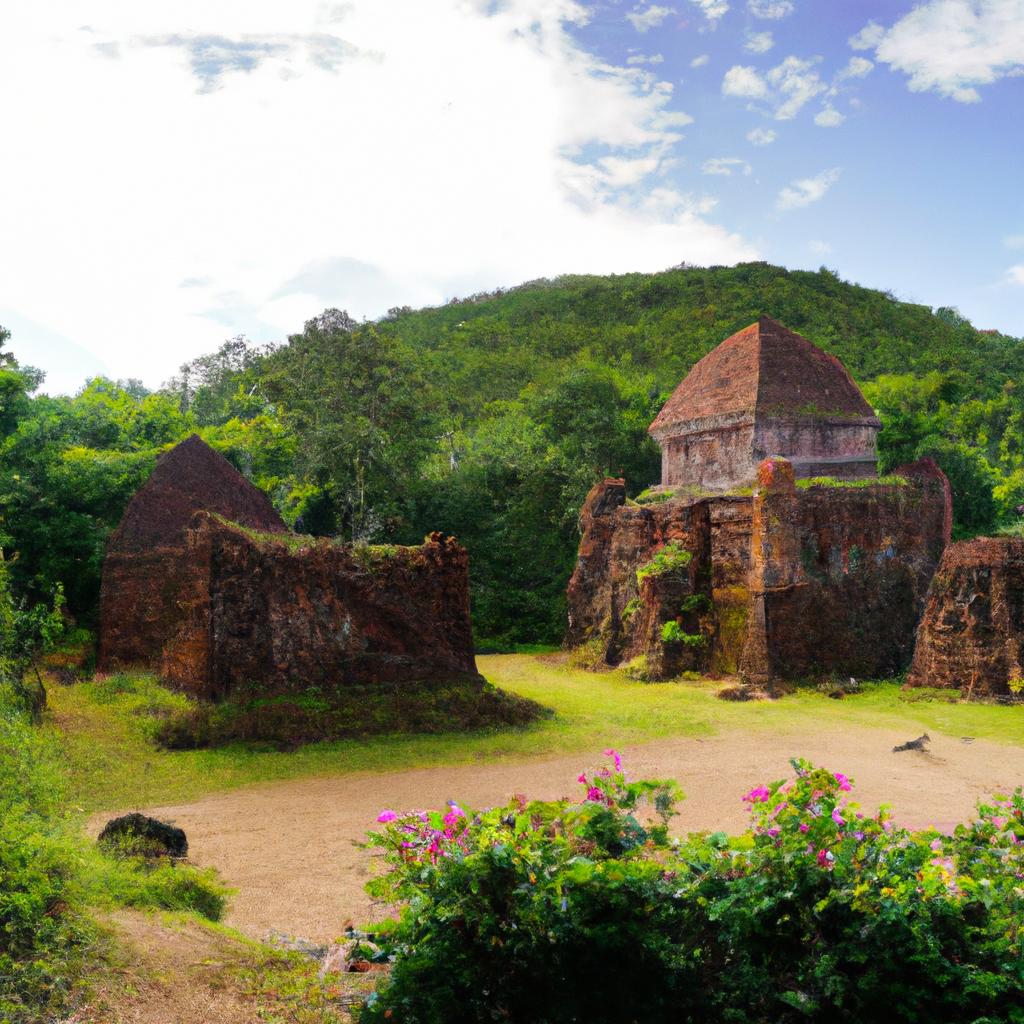
Hoi An offers a wide range of accommodation options to suit every budget and preference. Visitors can choose from luxurious resorts, boutique hotels, homestays, and guesthouses. The Old Town area provides accommodation choices for those wanting to stay close to the city’s attractions, while the An Bang beach area caters to beach lovers seeking a captivating sea view. Alternatively, countryside areas offer a peaceful and serene atmosphere.
The price range for accommodation in Hoi An varies based on the type of lodging and location. Budget-friendly options can be found for as low as $10 per night, while luxury resorts can cost up to $500 per night. To secure your preferred accommodation, TooLacks recommends booking in advance, especially during the peak tourist season.
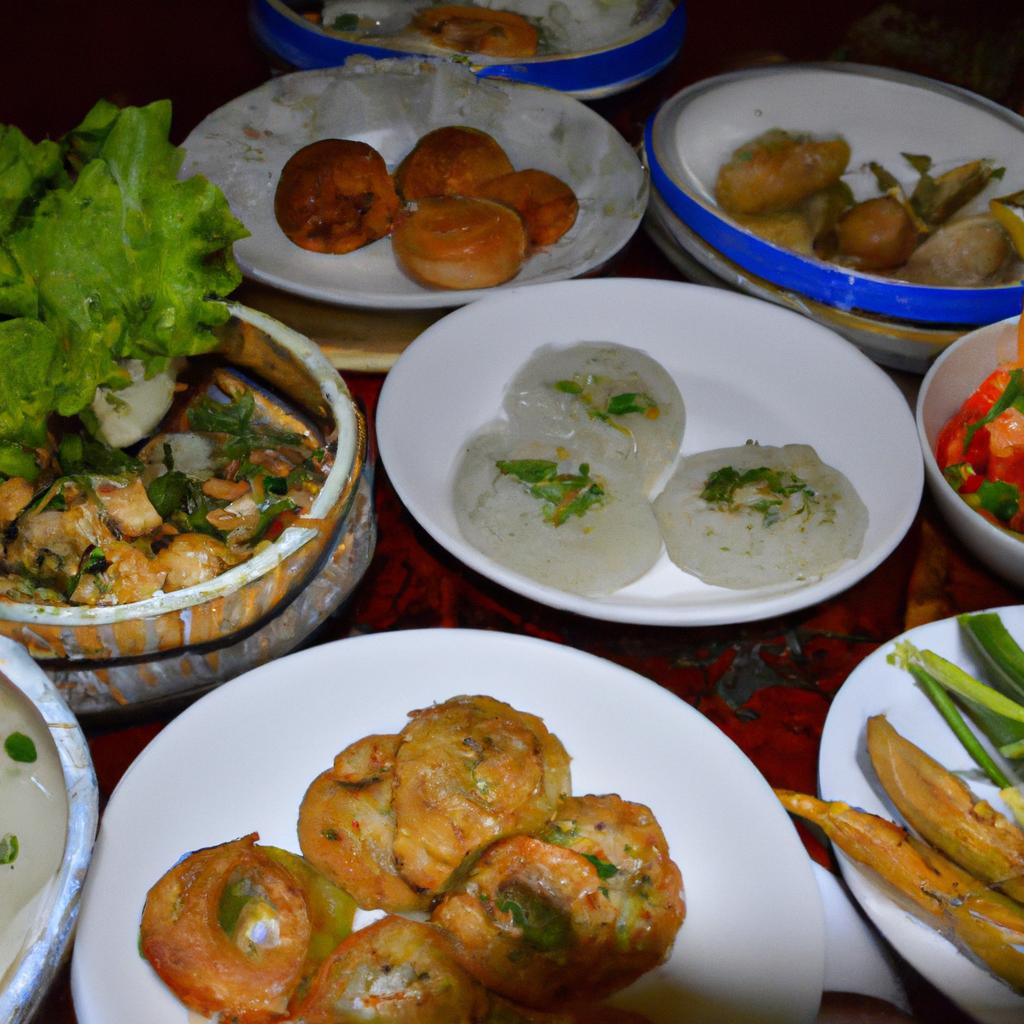
Hoi An is celebrated for its distinct and delectable local cuisine, which blends Vietnamese, Chinese, and Japanese influences. The city offers a wide variety of dishes to satisfy every palate, with options available at restaurants, street food vendors, and local markets.
Popular dishes to try
When in Hoi An, make sure to try some of its most popular dishes. Cao Lau, a noodle dish made with pork, herbs, and rice noodles, is a local specialty that you won’t find anywhere else. Banh Mi, a Vietnamese sandwich filled with a medley of ingredients like pork, chicken, and vegetables, is another must-try. Mi Quang, a flavorful noodle dish made with shrimp, pork, and rice noodles, is a local favorite. Finally, savor the traditional Com Ga, a chicken rice dish that has become a staple in Hoi An.
Best restaurants and street food vendors
Hoi An boasts a plethora of restaurants and street food vendors that serve mouth-watering local cuisine. Don’t miss the opportunity to dine at Morning Glory, Ms. Ly Cafeteria, or Bale Well, where you can savor a wide range of local dishes prepared with fresh ingredients and authentic flavors.
For an authentic street food experience, visit the night market in the Old Town area. Indulge in Banh Xeo, Banh Mi, Nem Lui, and other delightful street food offerings.
Cultural significance of food in Hoi An
Food holds a significant place in Hoi An’s culture, reflecting the city’s rich history and heritage. The fusion of Vietnamese, Chinese, and Japanese culinary influences is a testament to Hoi An’s multicultural past. Food also plays a vital role in local festivals and celebrations, such as the Mid-Autumn Festival, where traditional dishes like mooncakes take center stage.
In conclusion, Hoi An offers a diverse array of local cuisine that reflects the city’s cultural heritage. Whether you choose restaurants, street food vendors, or local markets, make sure to indulge in popular dishes like Cao Lau, Banh Mi, Mi Quang, and Com Ga. For deeper insights into the cultural significance of food in Hoi An, consider participating in local festivals and celebrations.
Feel free to visit TooLacks for more insights and advice on your journey to Hoi An.
